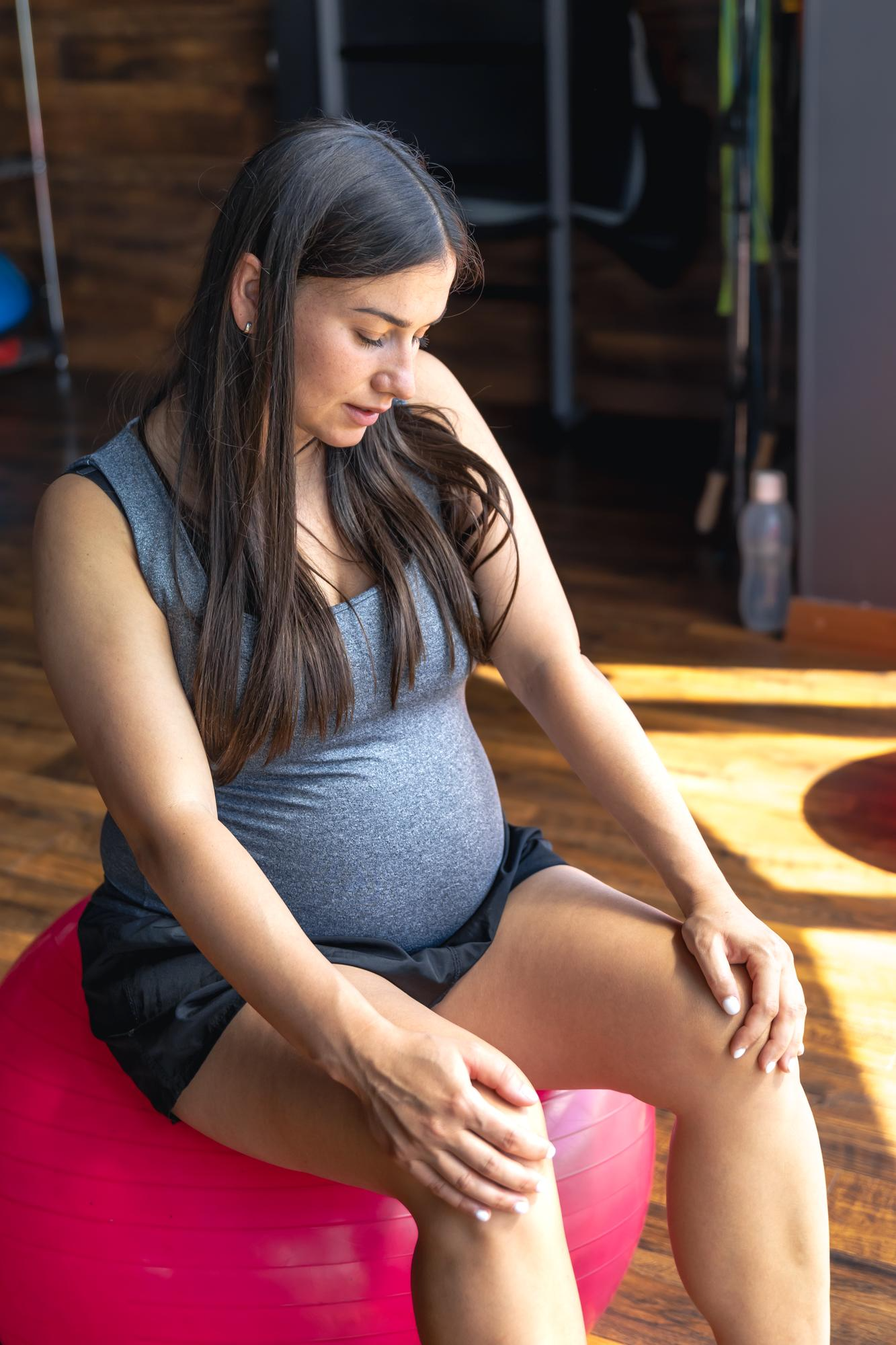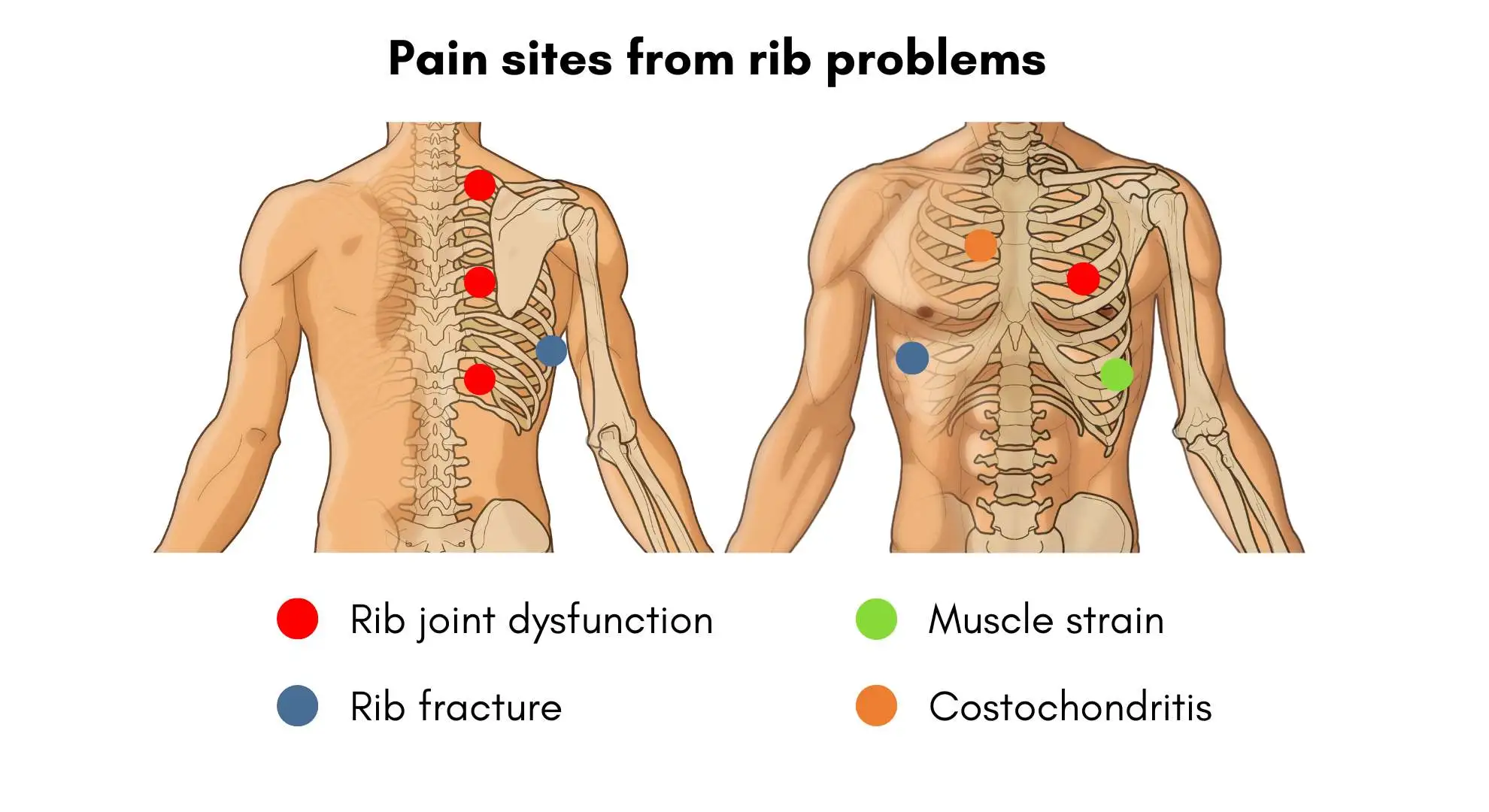Why Postpartum Body Soreness Happens and How to Manage It Naturally

Bringing a baby into the world is a transformative experience, but it takes a toll on your body. Many new mothers experience postpartum body soreness, which can range from mild aches to significant discomfort in the back, abdomen, hips, and legs. Understanding why this soreness occurs and how to manage it naturally can make the recovery process smoother and more comfortable.
Why Postpartum Body Soreness Happens
After childbirth, your body undergoes numerous physical changes, which often lead to soreness:
1. Hormonal Changes
Pregnancy hormones like relaxin and progesterone relax your ligaments and joints to prepare for childbirth. After delivery, hormone levels drop rapidly, which can leave your muscles and joints feeling unstable and achy.
2. Muscle Stretching and Weakness
During pregnancy, abdominal and back muscles stretch significantly. Labor, whether vaginal or C-section, can further strain these muscles, causing postpartum body soreness in the core, lower back, and pelvis.
3. Uterine Contractions
Your uterus contracts for weeks after delivery to return to its pre-pregnancy size. These contractions, often called “afterpains,” can cause abdominal cramping and lower back discomfort.
4. Physical Strain from Newborn Care
Feeding, lifting, and carrying your newborn frequently puts strain on your shoulders, arms, and back. Sleep deprivation and prolonged periods of sitting or standing can worsen body aches.
5. C-Section Recovery
For mothers who underwent a cesarean section, postpartum body soreness may also include incision pain, abdominal tenderness, and restricted mobility.
How to Manage Postpartum Body Soreness Naturally
While soreness is a normal part of postpartum recovery, there are several natural ways to manage it:
1. Gentle Movement and Stretching
Light exercises and stretching help improve circulation, reduce stiffness, and strengthen weakened muscles:
-
Pelvic tilts: Strengthen lower back and core muscles.
-
Cat-cow stretch: Loosens the spine and eases back tension.
-
Walking: Encourages overall mobility and boosts energy.
Always start slowly and avoid high-impact activities until cleared by your healthcare provider.
2. Warm Compresses and Baths
Applying heat to sore areas can relax tight muscles and improve blood flow:
-
Use a warm compress on the back or abdomen.
-
Take a warm shower or sitz bath to soothe uterine contractions and abdominal soreness.
For C-section recovery, avoid direct heat on the incision site until fully healed.
3. Postpartum Massage
A gentle postpartum massage can relieve muscle tension, improve circulation, and support emotional well-being. Look for a certified postpartum massage therapist familiar with postpartum body soreness and C-section recovery techniques.
4. Supportive Posture
Maintaining proper posture during feeding and carrying your baby can reduce strain on your back and shoulders:
-
Use a nursing pillow to support your baby and reduce leaning.
-
Sit in a chair with back support rather than slumping on a couch.
-
Avoid carrying your baby on one hip for prolonged periods; alternate sides to balance the strain.
5. Adequate Rest and Sleep
Rest is crucial for healing. Although sleep can be interrupted with a newborn, try to:
-
Nap when your baby sleeps.
-
Share nighttime duties with a partner or family member.
-
Use relaxation techniques like deep breathing or meditation to reduce tension.
6. Nutrition to Support Healing
What you eat directly impacts recovery and can reduce postpartum body soreness:
-
Include protein-rich foods like lean meats, legumes, and eggs to rebuild muscles.
-
Eat anti-inflammatory foods such as leafy greens, berries, and fatty fish.
-
Stay hydrated to keep muscles and joints functioning properly.
A balanced diet supports energy levels, promotes tissue repair, and eases muscle soreness.
7. Gentle Core Strengthening
Once cleared by your doctor, focus on rebuilding your core:
-
Diaphragmatic breathing: Strengthens deep core muscles.
-
Kegel exercises: Support pelvic floor recovery.
-
Bridges: Strengthen lower back and glutes.
Strengthening your core gradually reduces strain on the back and abdomen.
8. Mind-Body Techniques
Chronic soreness can be worsened by stress. Mind-body practices help manage discomfort and improve overall well-being:
-
Prenatal/postnatal yoga: Improves flexibility and muscle tone.
-
Meditation and mindfulness: Reduce stress and promote relaxation.
-
Breathing exercises: Help ease tension in the neck and shoulders.
When to Seek Medical Advice
While most postpartum body soreness is normal, consult a doctor if you experience:
-
Severe or worsening pain that doesn’t improve with rest or natural remedies.
-
Numbness, tingling, or weakness in limbs.
-
Signs of infection (fever, redness, swelling) after a C-section.
-
Persistent abdominal pain unrelated to afterpains.
Early intervention ensures complications are addressed promptly.
Final Thoughts
Experiencing postpartum body soreness is a normal part of recovery, but you don’t have to endure it without support. Gentle movement, proper posture, balanced nutrition, rest, and natural remedies like warm compresses or massage can significantly ease discomfort.
Listening to your body and giving yourself grace during this recovery period is essential. Every mother heals at her own pace, and with consistent self-care, the aches and soreness will gradually subside, allowing you to fully enjoy life with your newborn.








